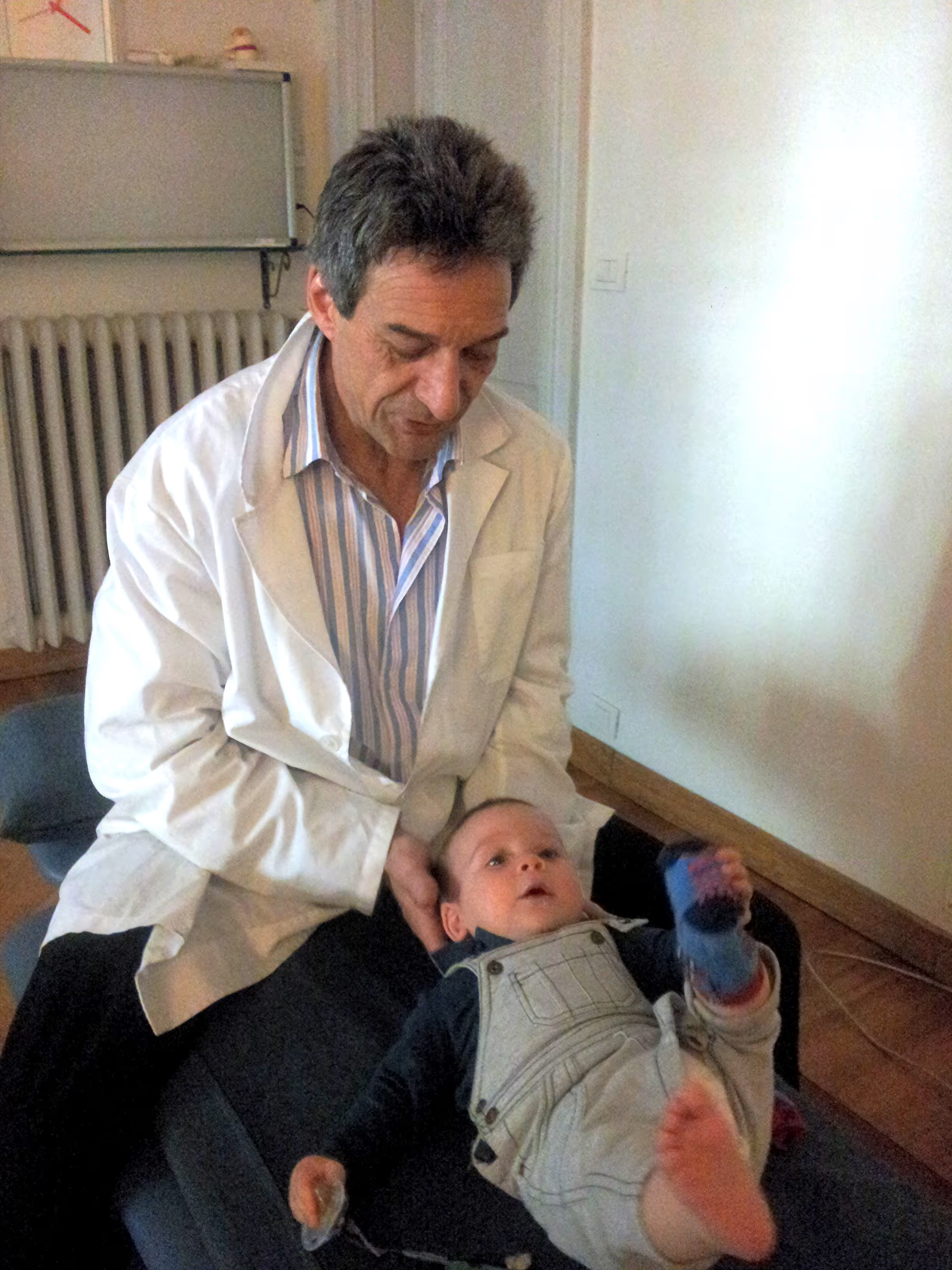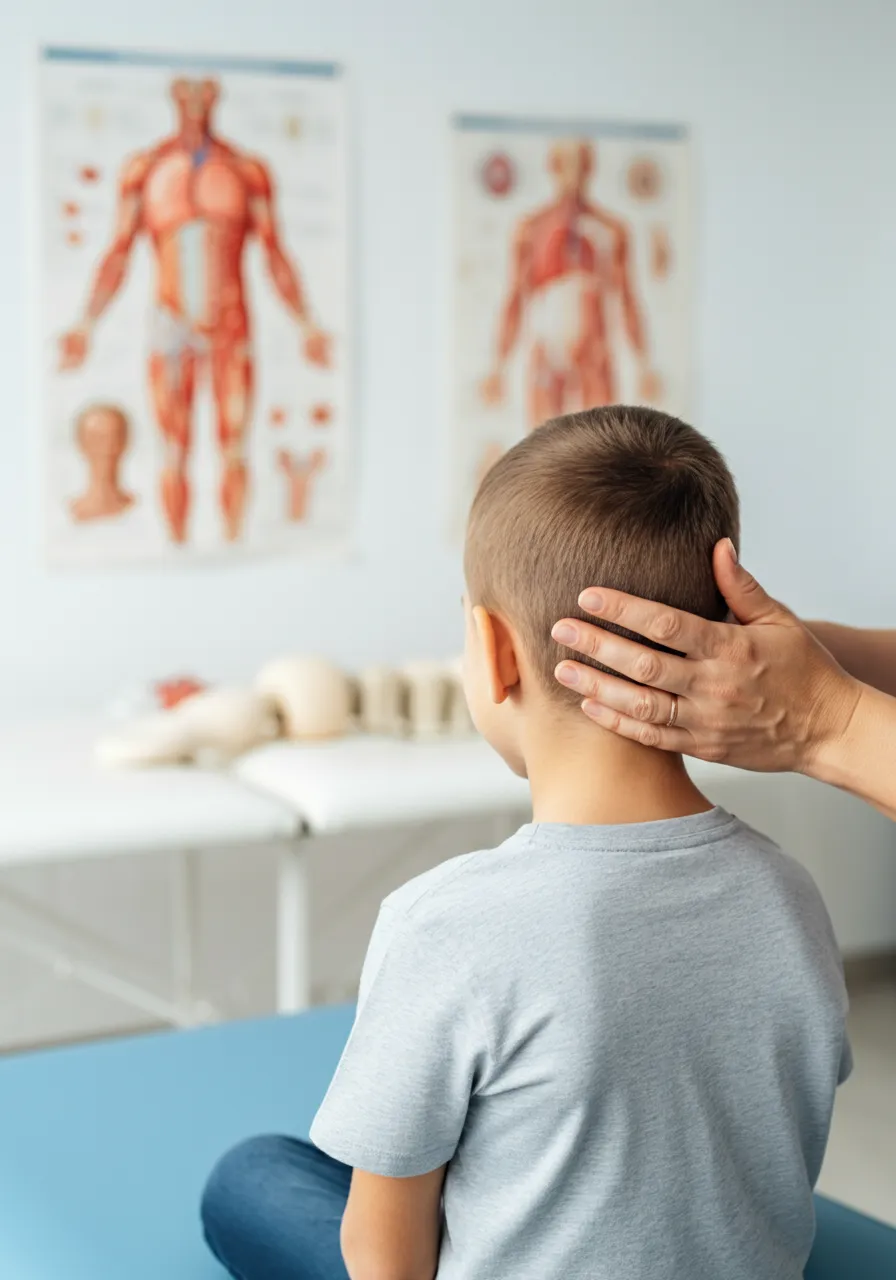Pediatric osteopathy
Pediatric osteopathy: from child to adolescent
Pediatric osteopathy supports children from 12 months up to 18 years of age, promoting harmonious development and preventing possible imbalances. This approach is based on the functional and structural integrity of the body, utilizing its natural self-healing mechanisms.Depending on the child’s age, the osteopath’s touch plays a fundamental role: the hands must adapt with delicacy and sensitivity to the needs of the young patient.Pediatric osteopathy differs from osteopathy for adults because children and adolescents have different anatomical, physiological, and biochemical proportions. For this reason, it is essential to treat them with non-invasive, tailored manipulations that fully respect their stages of growth.

When to consult a pediatric osteopath?
During growth, children and adolescents go through rapid physical changes that require continuous postural adaptations. Pediatric osteopathy supports the body throughout this process, promoting proper development and preventing possible imbalances that, if neglected, could lead to problems later in life.
Common issues addressed by pediatric osteopathy include:
- Plagiocephaly (flat head syndrome)
- Torticollis (congenital muscular torticollis)
- Infantile postural asymmetries
- Hypotonia and hypertonia (abnormal muscle tone)
- Clubfoot (congenital or positional)
- Sleep disorders
- Motor development delays

The benefits of pediatric osteopathy.
Pediatric osteopathy supports the harmonious growth of children and adolescents, encouraging correct posture and overall balance in the body. This manual therapy not only helps prevent postural imbalances and joint dysfunctions, but also promotes general well-being, with effects that can last over time.Osteopathic treatments in childhood are particularly effective because young bodies are highly plastic and responsive: manipulations can identify and correct potential problems much more quickly than in adulthood.Pediatric osteopathy is not only a support for addressing existing disorders, but also represents a true form of prevention for future health.

Book an appointment.
Reach out through your preferred channel to book a session or simply to ask for more information.